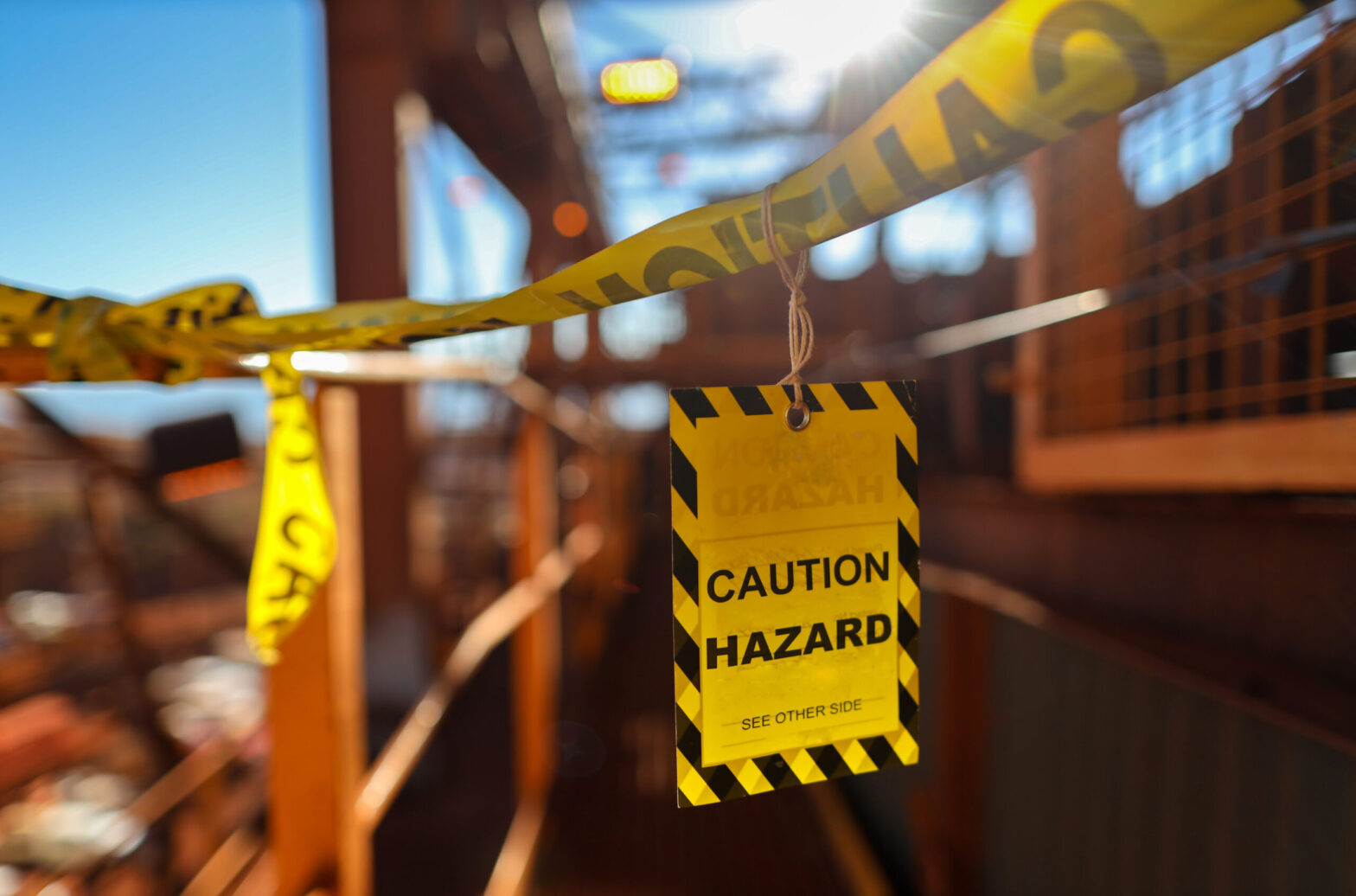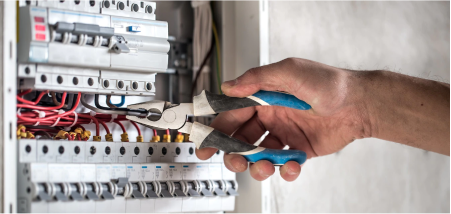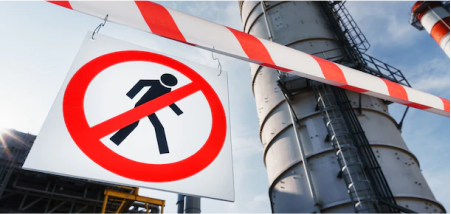According to AS/NZS60079.14 Explosive atmospheres, Electrical installation design, selection and erection (the manual all hazardous area engineers refer to), a Hazardous Area is a place where there is an explosive atmosphere or where such an atmosphere is anticipated to be present, in quantities sufficient to require special precautions when building, installing, or using the equipment.
There are many hazardous areas, such as service stations and mine sites. Under the right conditions, gases such as propane and combustible dust such as flour and sugar can create explosive atmospheres.
An analysis and classification procedure for a potentially hazardous location is necessary to safeguard installations from a potential explosion.
This is done to ensure that the equipment is appropriately chosen and installed, ultimately stopping an explosion and guaranteeing people’s safety. Several classification techniques may be employed depending on where an installation is located worldwide. However, there are typically two basic classification categories.
In order to assist in the appropriate selection and installation of equipment to be used safely in the region and prevent an explosion, the HA Classification method is a technique for analysing an area where explosive atmospheres may develop. Based on how frequently and how long an explosive atmosphere is present, areas are divided into zones.
Zone 0: An area where an explosive gas environment is present constantly and for extended periods of time.
Zone 1: The area most likely to experience an explosive gas environment
Zone 2: An area where explosive gas atmospheres are unlikely to occur normally and, if they do, will only last a short time.
For combustible dust areas, there are similar zones – Zone 20, Zone 21 and Zone 22. In hazardous areas, AS/NZS 3000 2018 defines the requirements for electrical installations. In order to recognise flammables at a facility and to have them classified, it’s the responsibility of the facility manager.
The courses that are useful in understanding hazardous areas and all the equipment and installation processes related to them:
- The Certificate IV in Hazardous Areas Electrical (UEE42622) certifies candidates’ abilities to choose, install, test, maintain, and inspect electrical equipment in hazardous sites (EEHA) with gas and dust atmospheres.
- Hazardous Areas Classification and Design certification offer the skills necessary to classify hazardous areas, plan electrical equipment installations in hazardous areas (EEHA), and design those installations per AS/NZS standards 4761 and 60079.10.0 and 1.
For more information, connect with us.


